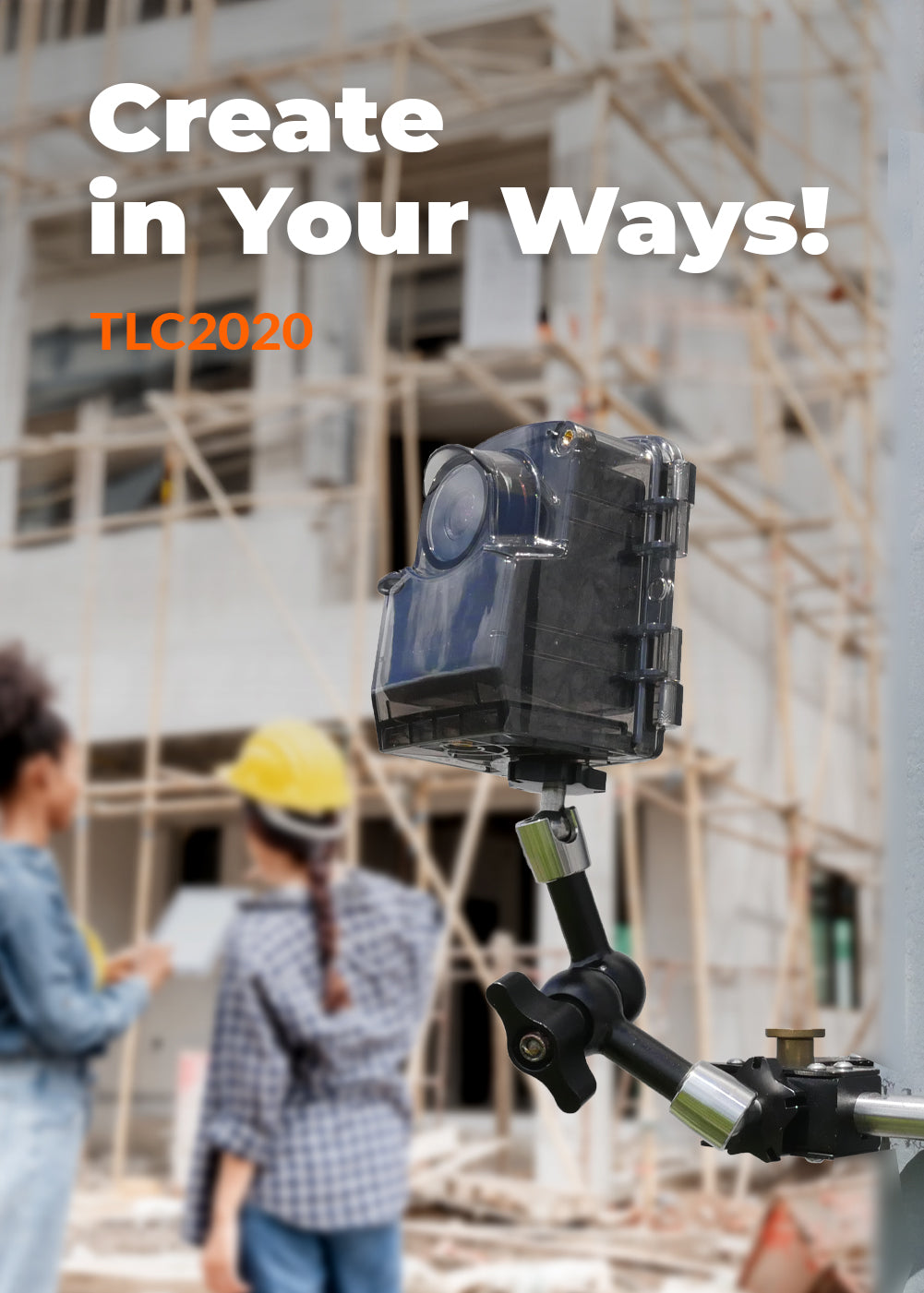7 Must-Have Camera Accessories for Professional Results
Essential Tripods and Stabilizers: Carbon fiber tripods provide stability for long exposures and sharp landscape photography. Gimbal stabilizers ensure smooth video recording for content creators.
Professional Lighting Equipment: External flashes, softboxes, and LED panels transform ordinary shots into professional-quality images. Ring lights are perfect for portrait and macro photography.
High-Quality Filters: Polarizing filters reduce reflections, while ND filters enable creative long exposures. UV filters protect expensive lenses from damage.
Memory Cards and Storage: Fast CF Express and SD cards prevent buffer overflow during burst shooting. External hard drives ensure secure backup of precious memories.
.png?width=3840&quality=80&auto=webp&disable=upscale)


